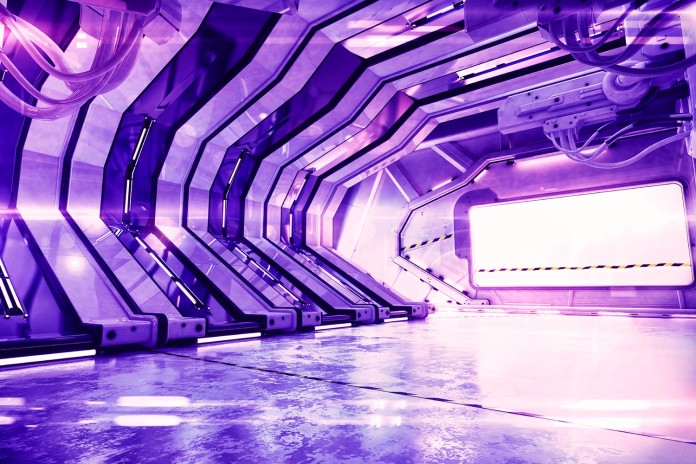
Bigelow has been hammering away at their inflatable space hotel for a few years now, but it finally looks like the prototype is ready for launch. Thanks to SpaceX and their ISS resupply mission on April 8, we’ll see the habitat go aboard for a some orbital testing.
SPACE HOTEL FINALLY BECOMING A REALITY
Inflatable space habitats are far from an old idea. In fact, we were supposed to have an inflatable habitat up there years ago. TransHab had the plan to put one up there in the early parts of century 21, but thanks to Congress, they shut it down. Looks like they were preventing the growth of society long before Barack Obama. In terms of modern attempts, Bigelow has sent up a few unmanned prototypes in the past and have been publicly announcing they want bigger space habitats in the near future. The current model, Bigelow Expandable Activity Module (BEAM) is the first step toward this goal. SpaceX will introduce it to the International Space Station in just a matter of weeks.
SPACEX HELPS START ORBITAL COLONY
The BEAM itself isn’t really anything massive. The 565 cubic-foot habitat will stay on the ISS for two years while undergoing further tests. Mostly, these tests will be to decide if Bigelow has a future in space. If it does, expect to see the origins of an orbital colony take place. At just eight feet in diameter, inflatable modules like this will be brought into orbit easily. Far easier than other parts of the ISS that need to be launched one by one. The possibility of SpaceX bringing up multiple BEAM’s at once is not far fetched and should be expected in the coming decade.
WHAT ELSE THE DRAGON CAPSULE WILL CARRY
Besides orbital hotel’s SpaceX will deliver the Dragon capsule aboard their Falcon 9 rocket on April 8. Included in the Dragon capsule are scientific research, crew supplies and various hardware requested by Expedition 47 and 48 crews. On it’s return flight, the Dragon capsule will be filled with biological samples collected during NASA’s one-year mission. This launch marks the eight time SpaceX has been under a NASA resupply contract with more surely to come.

















